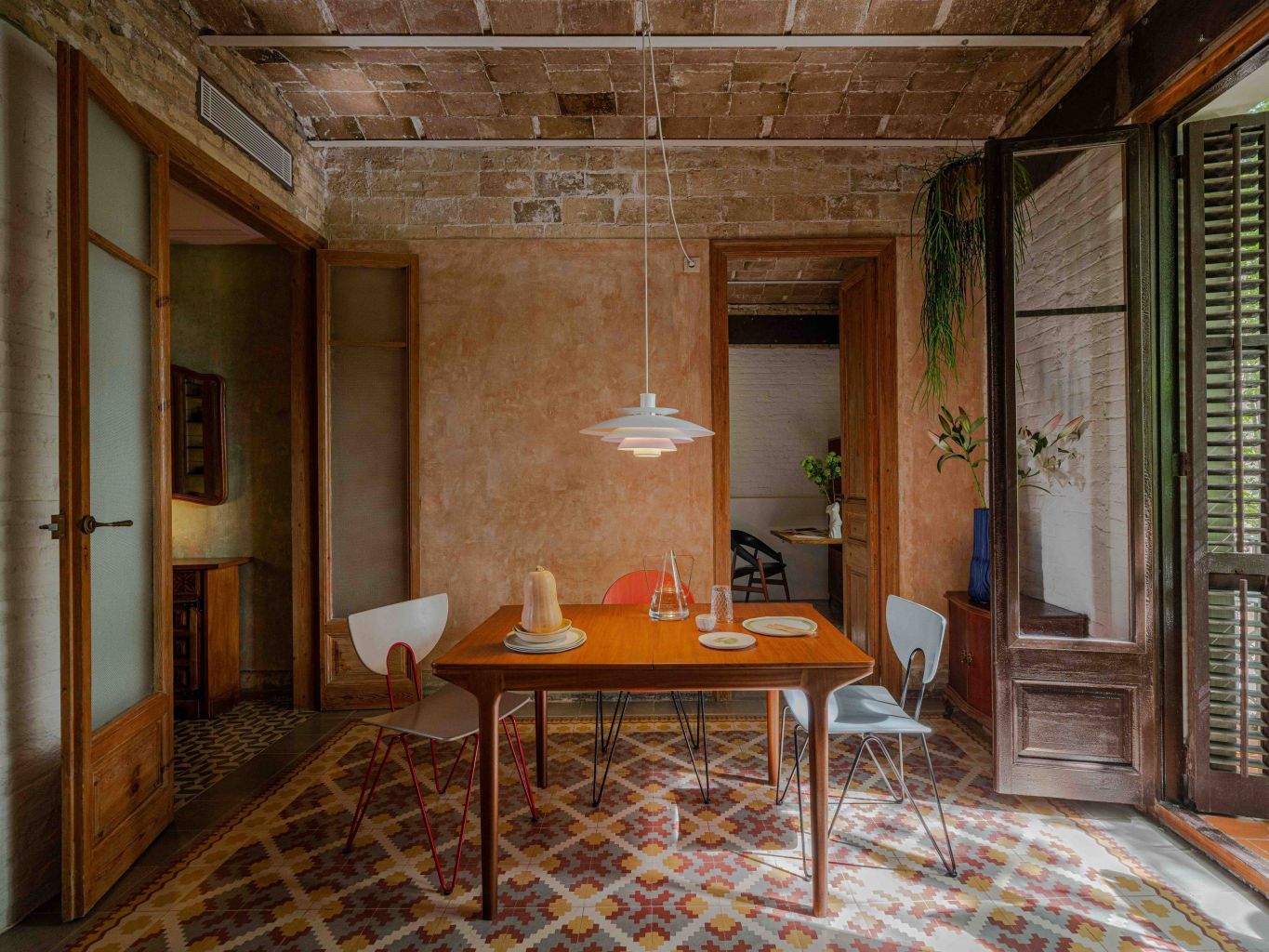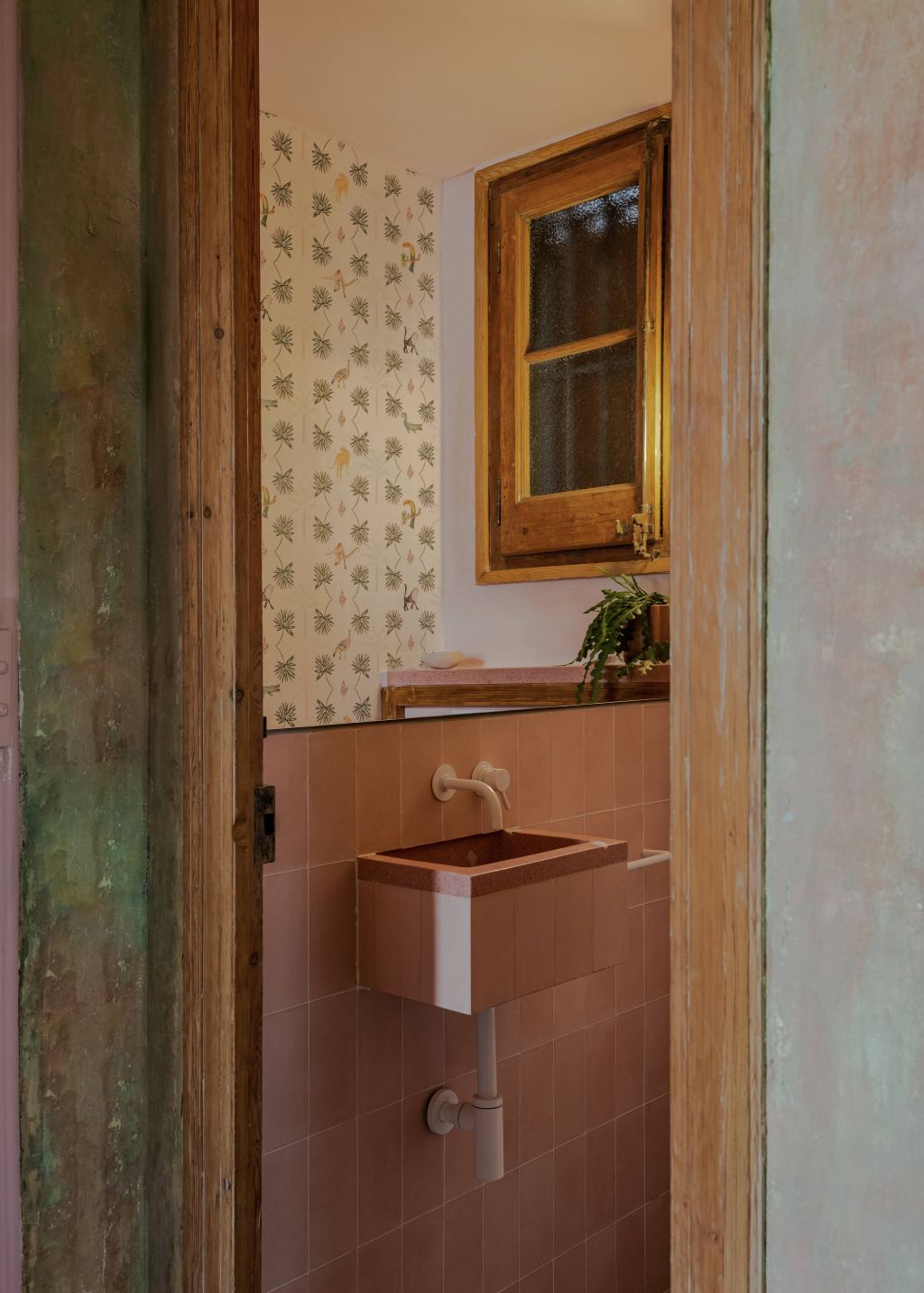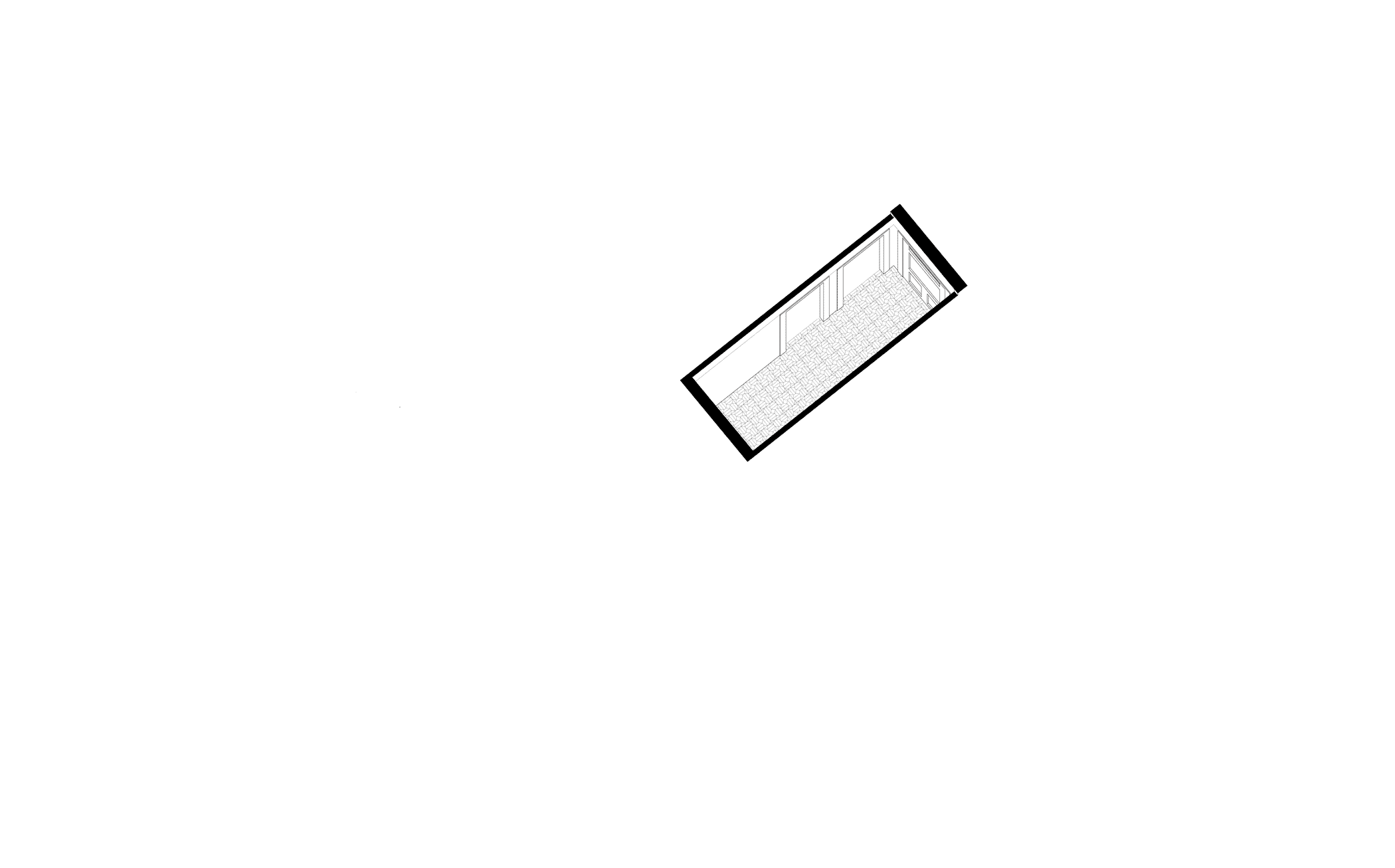
The renovation of an old apartment from the 1930s in the historic center of the Poblenou neighborhood for a young lady. An authentic home with high Catalan vault ceilings and hydraulic mosaic floors, so we wanted to be as respectful as possible with the environment and the original structure of the apartment. The main objective was to maintain and recover the aura of a neighborhood house that always belonged to the same family, generation after generation.
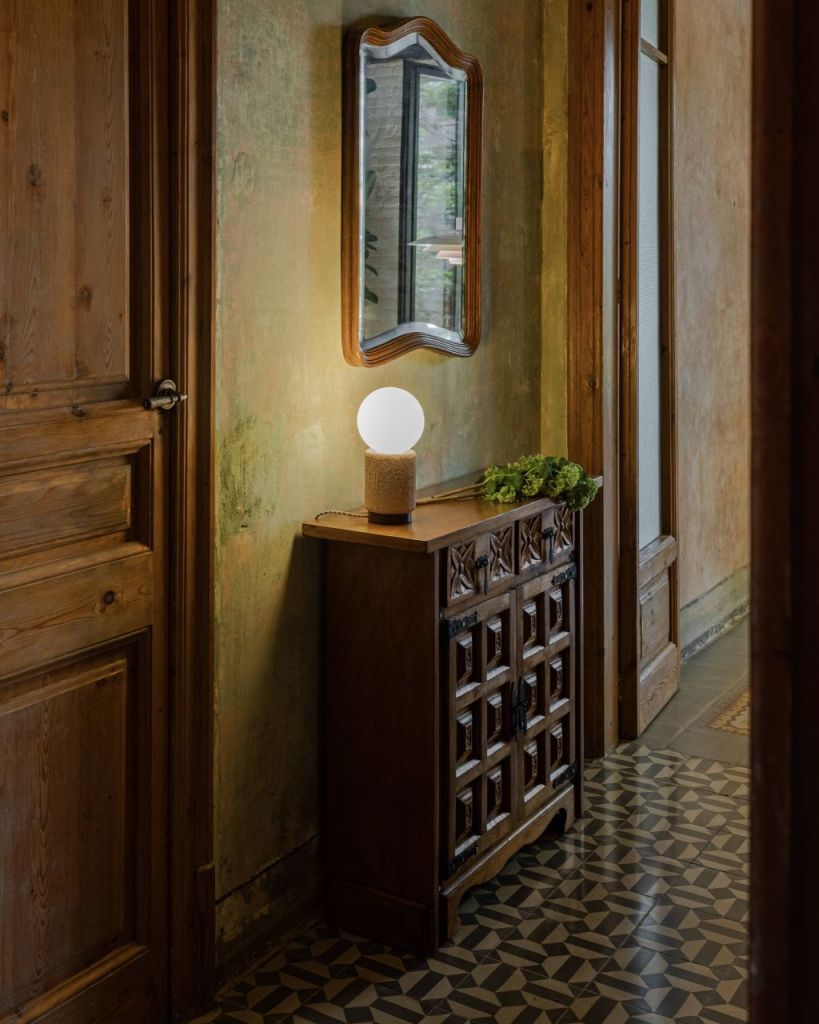
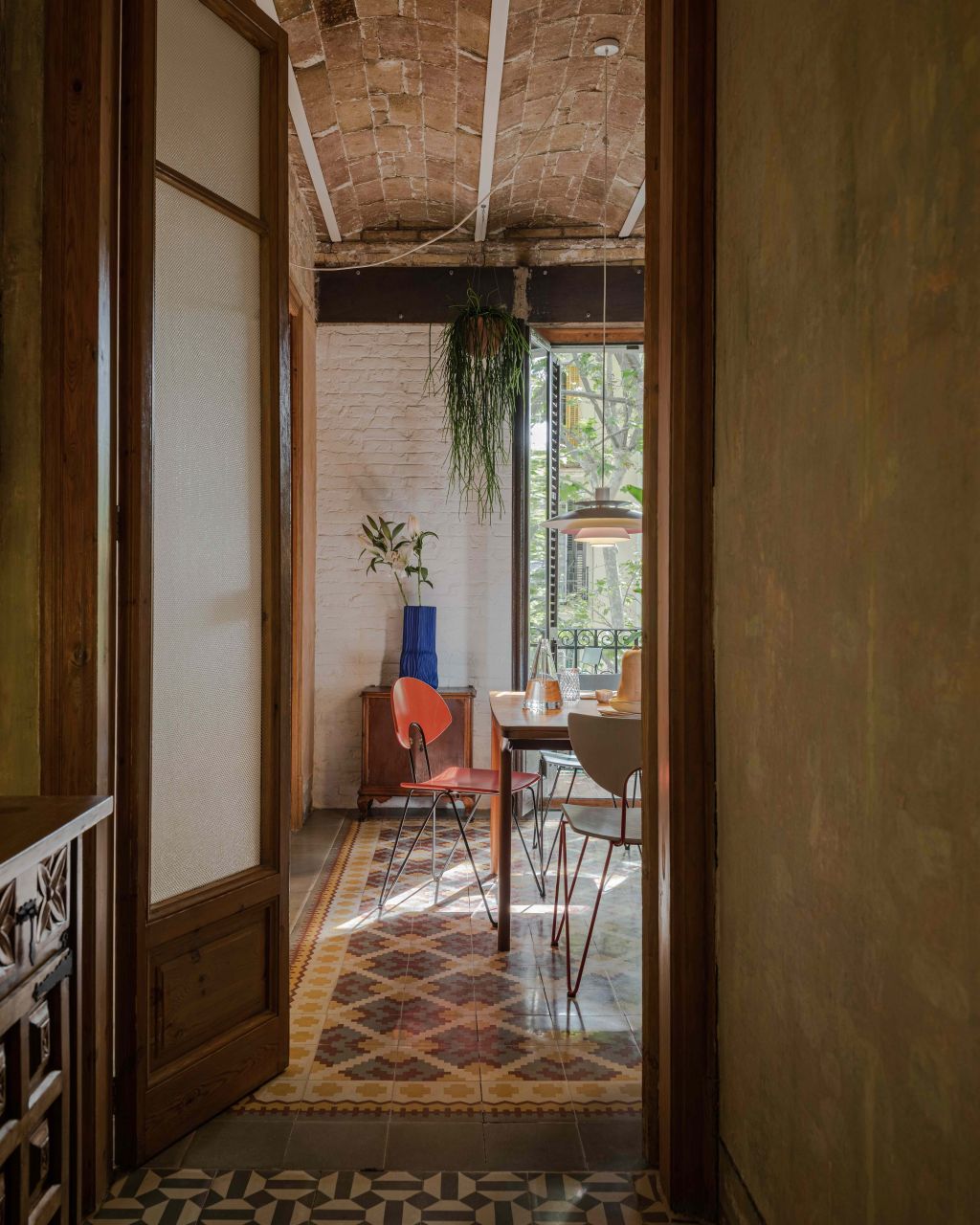
The project focuses on conservation and reconstruction. Going deeper into memories, childhood and the moments lived in the home, isolating everything that seems suggestive, preserving as many elements as possible, and introducing some new ones. It involves readapting the original space to move from a typical 1930s layout to a new organization that subtly modifies the initial program to incorporate a day area made up of a single large space in which the different activities are related. This strategy extends to all rooms of the home as a common thread, intercommunicating and giving coherence to the different spaces.
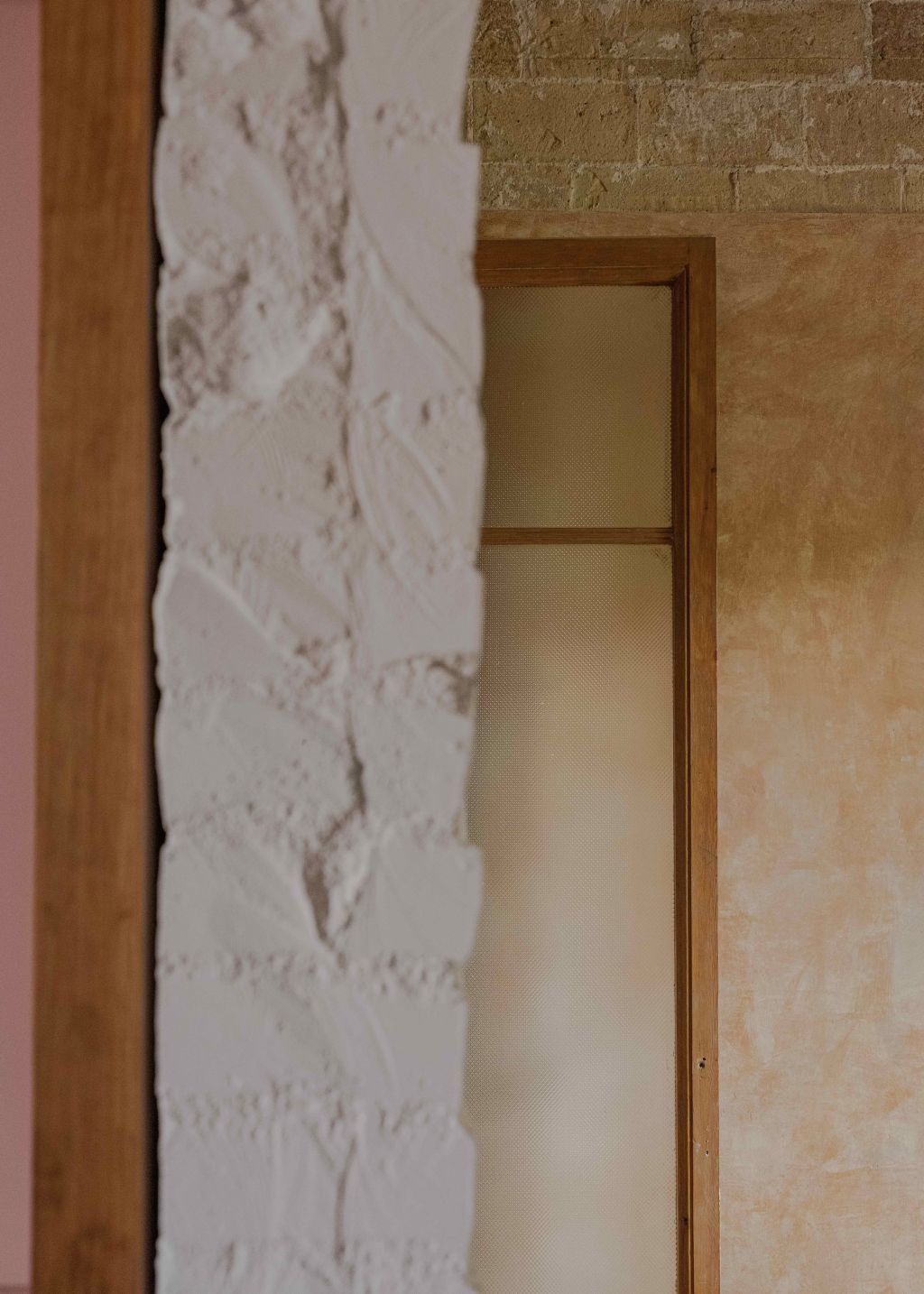
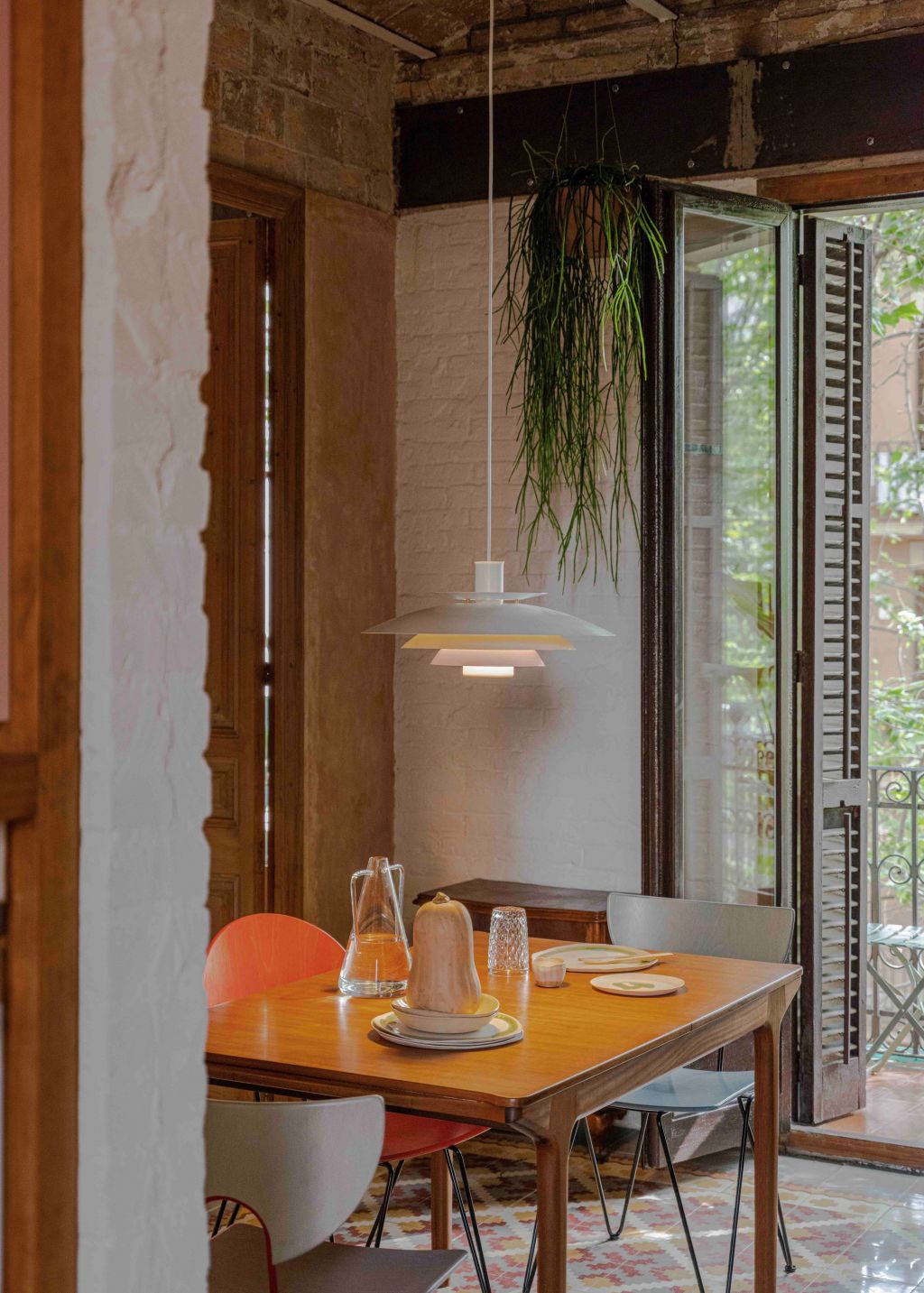
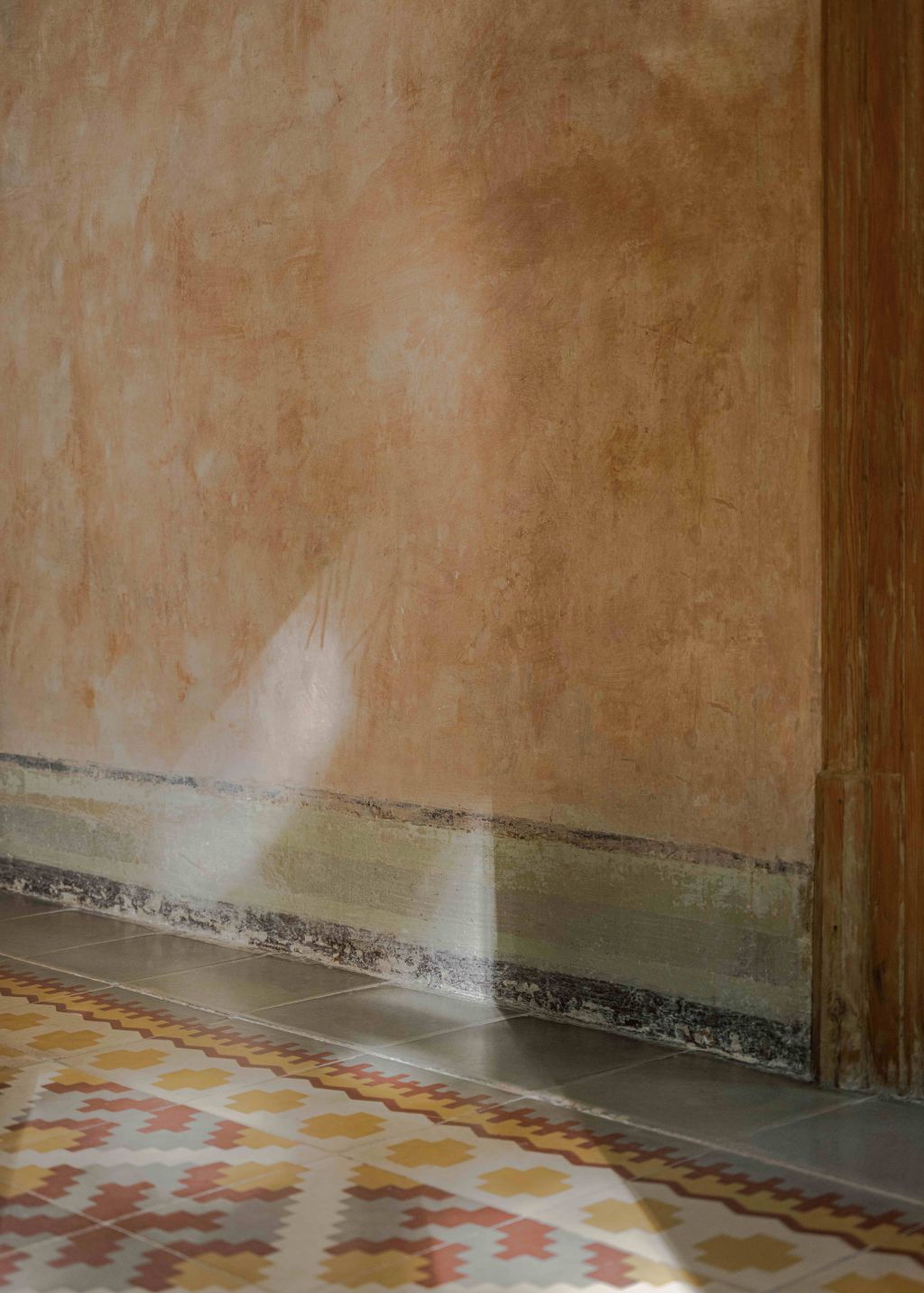
The entrance is through a hallway that acts as a distributor for the different rooms of the house and is accessed through restored solid pine wood doors. In this hallway with high ceilings and moldings, all the existing textures have been recovered, reintegrating the original paint with potassium silicate.
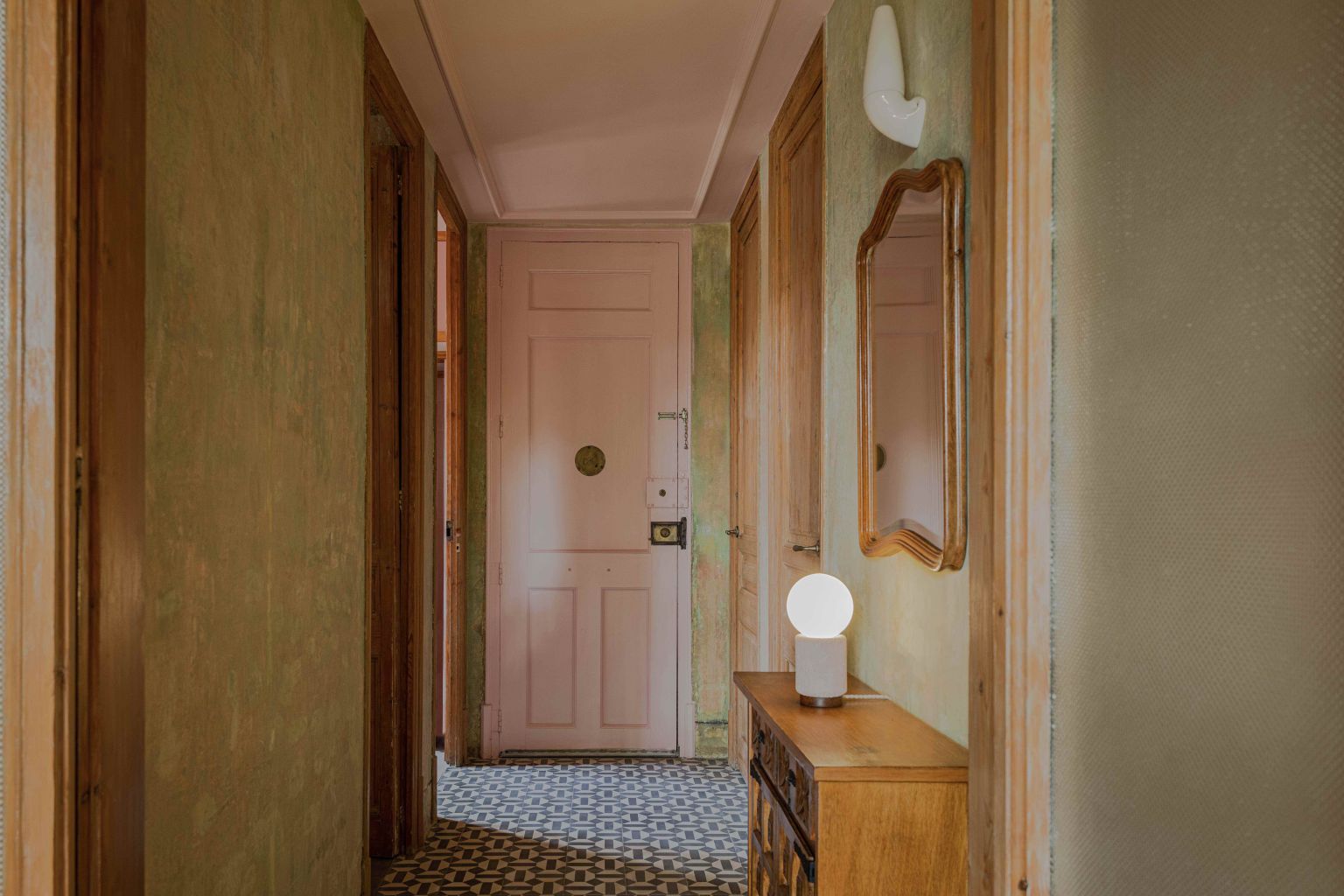
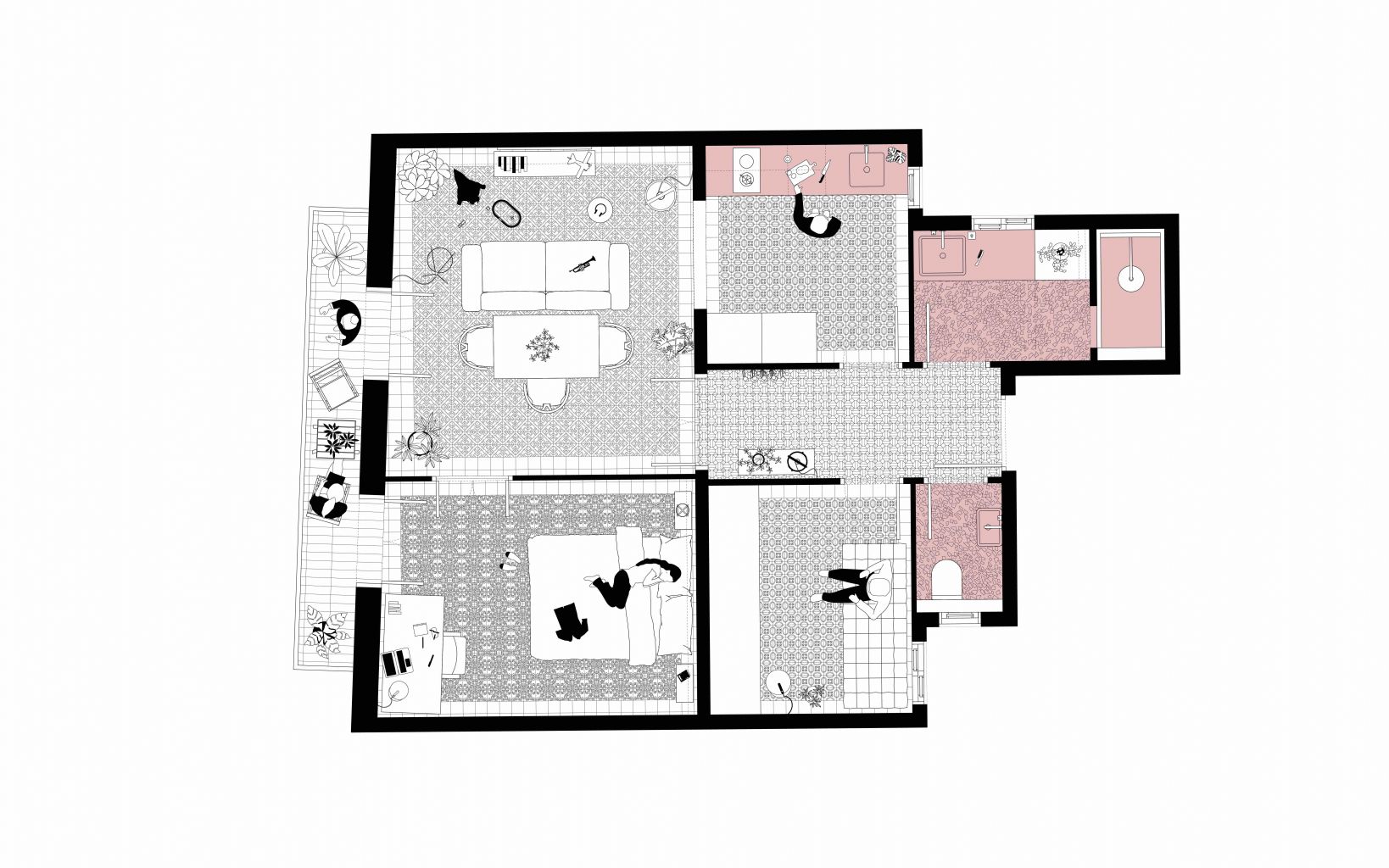
At the client's request, the main modification was to open the kitchen to the living room, maintaining the identity of the apartment and the characteristic elements of the time, thus, the most important change consisted of a shoring, a new opening in the load-bearing wall. This allowed the kitchen to be relocated, leaving it open to the outside, providing cross ventilation and natural lighting throughout the day
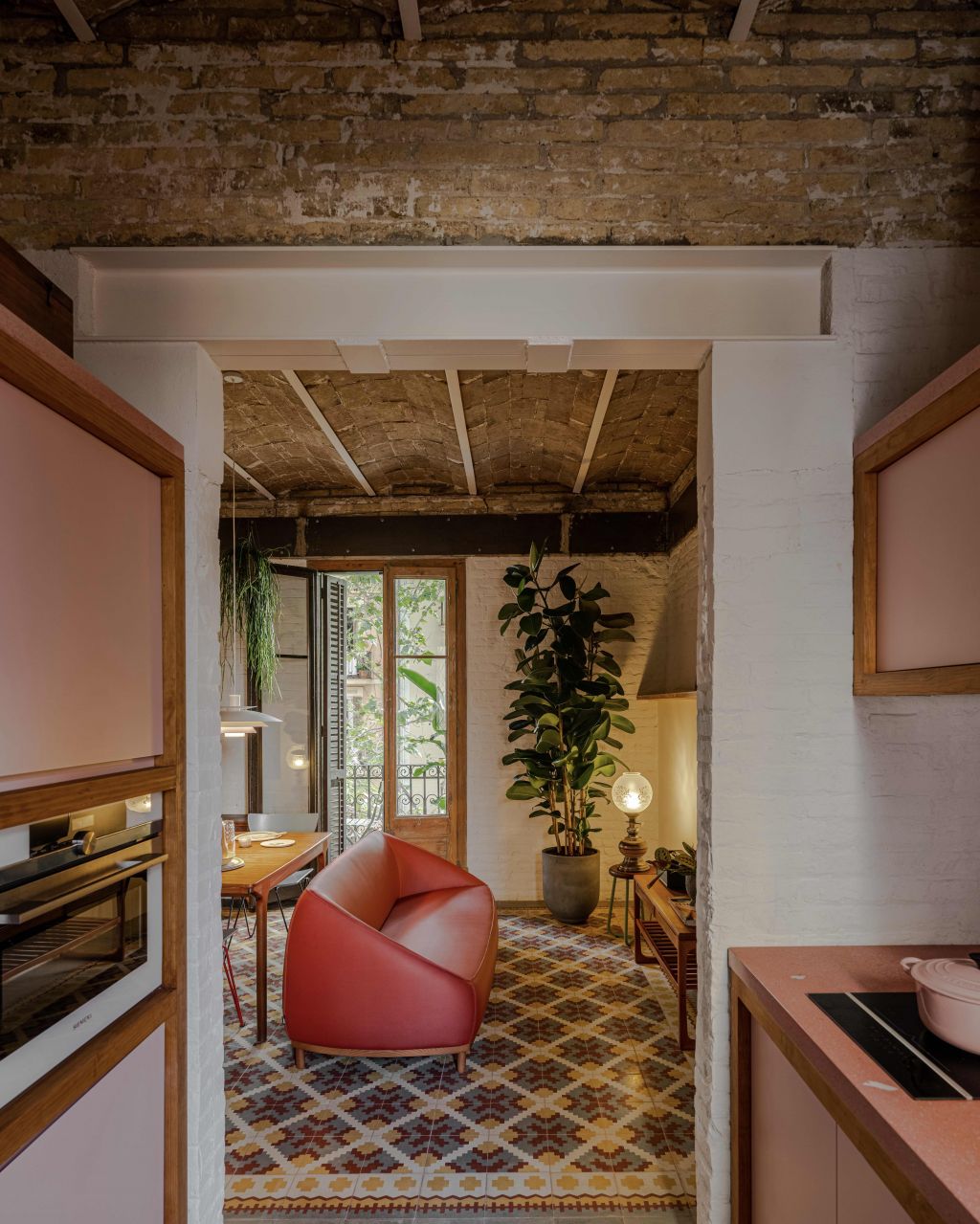
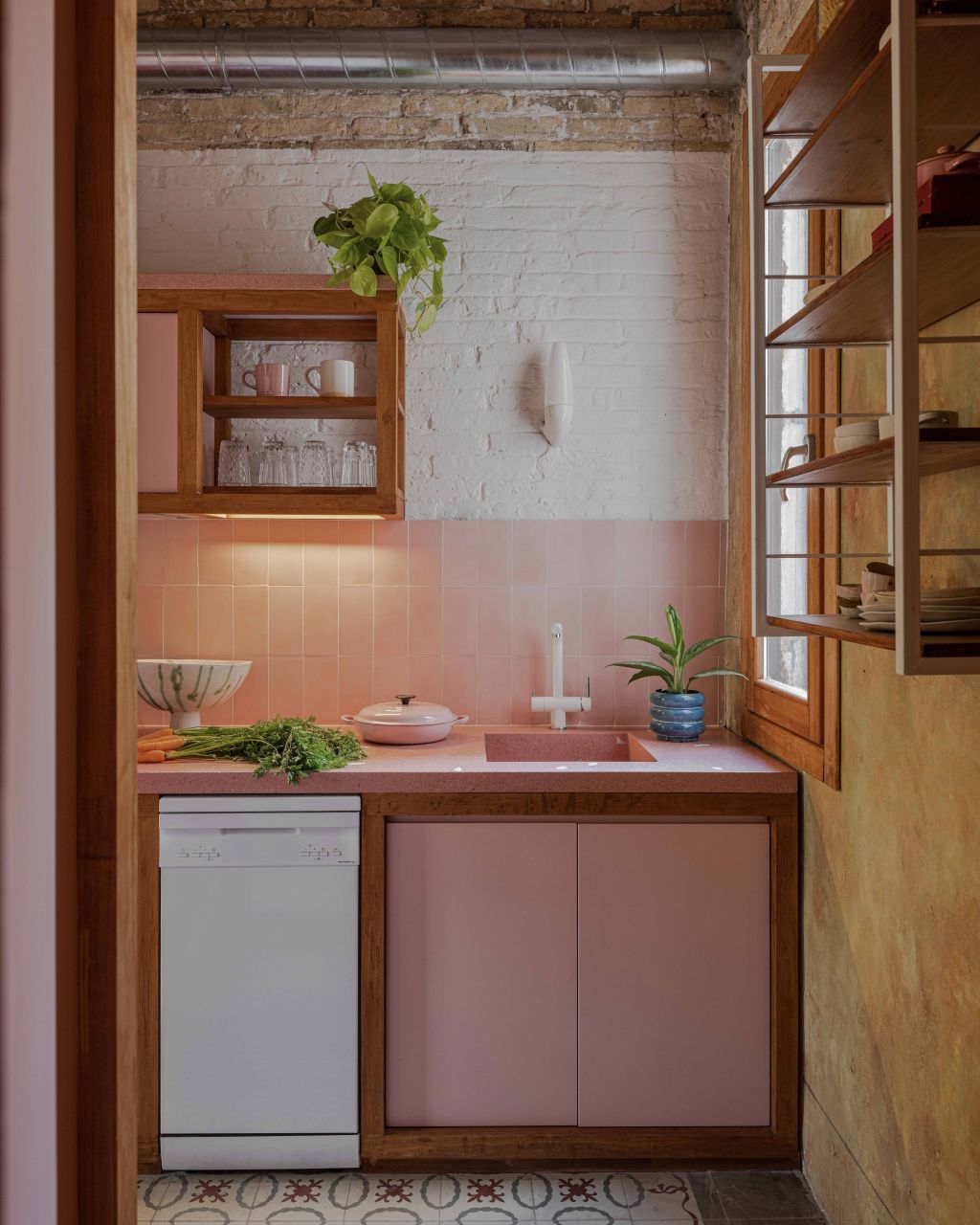
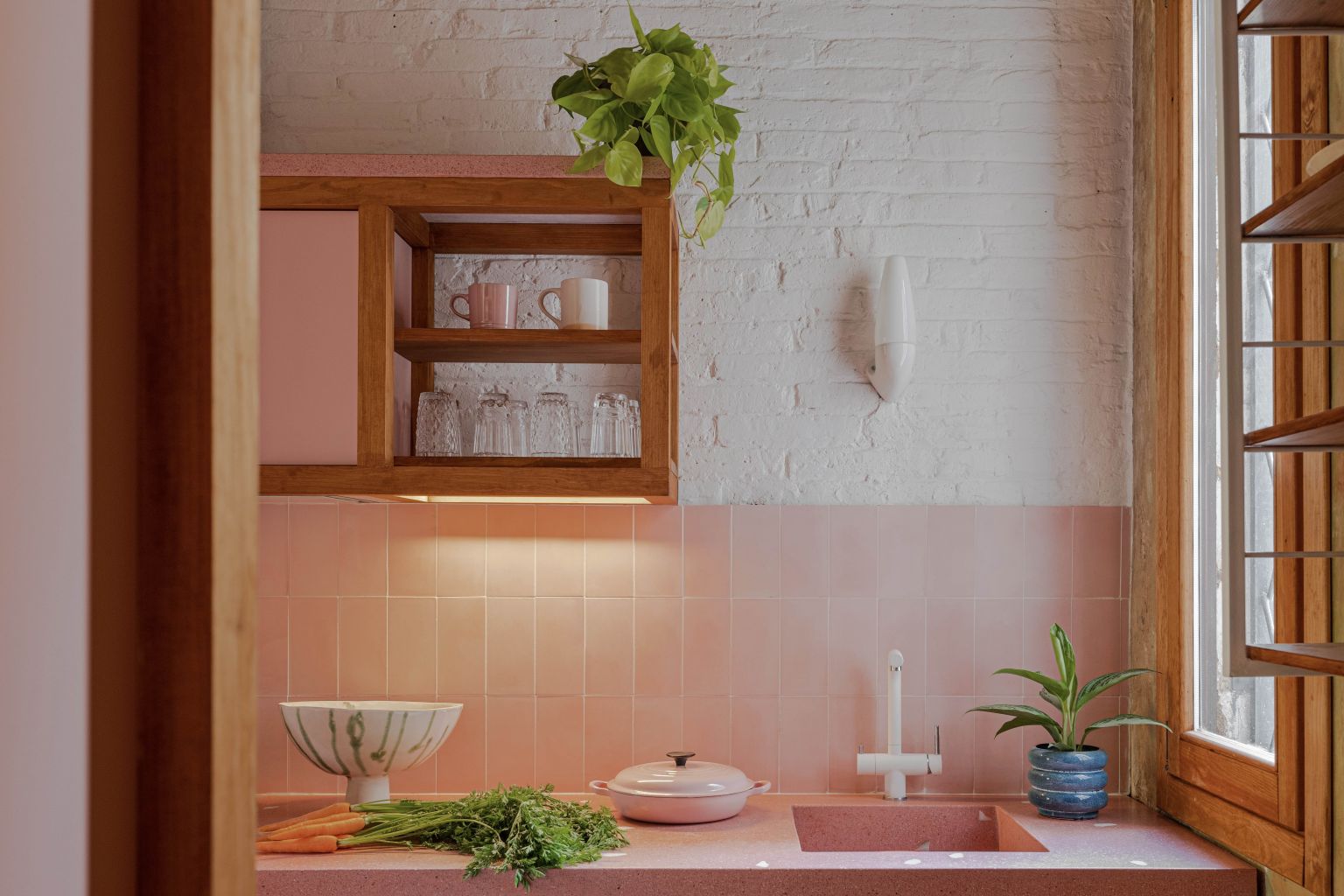
In the bathrooms, however, the successive renovations that had been carried out over time eliminated the original flooring, so it was decided to custom design a new mortar floor with aggregates, handcrafted in Mallorca. Likewise, personalized spikes were designed, forming them with the same material in pink tones, pastel colors that combine with the original textures of the property. This same practice also extends to the kitchen countertop with the purpose of integrating contemporary and antique elements.
Those materials that have taken over the essence of the place stand out, with a lot of history behind them that we did not want to forget. These are the same ones that have been present throughout the life of the house and guide us in the process, such as: wood, lime, hydraulic tiles or natural pigments. The reason we choose to reset instead of replace. Existing, ecological and indigenous materials prevail, with a very low carbon footprint, and traditional techniques such as potassium silicates, wax enamels, lime paint and natural oils are used, preserving the essence of the materials and accentuating the feeling of domesticity and comfort.
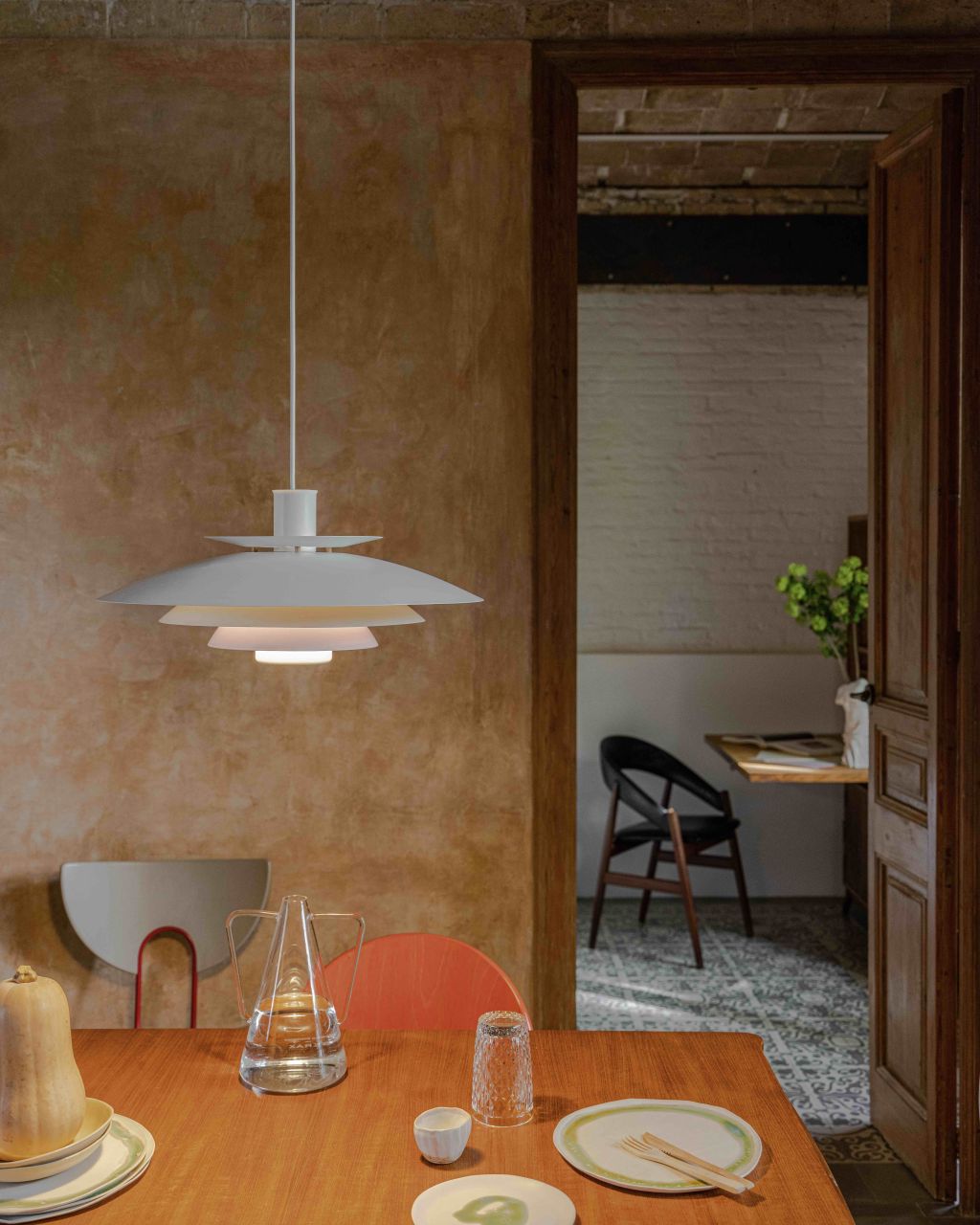
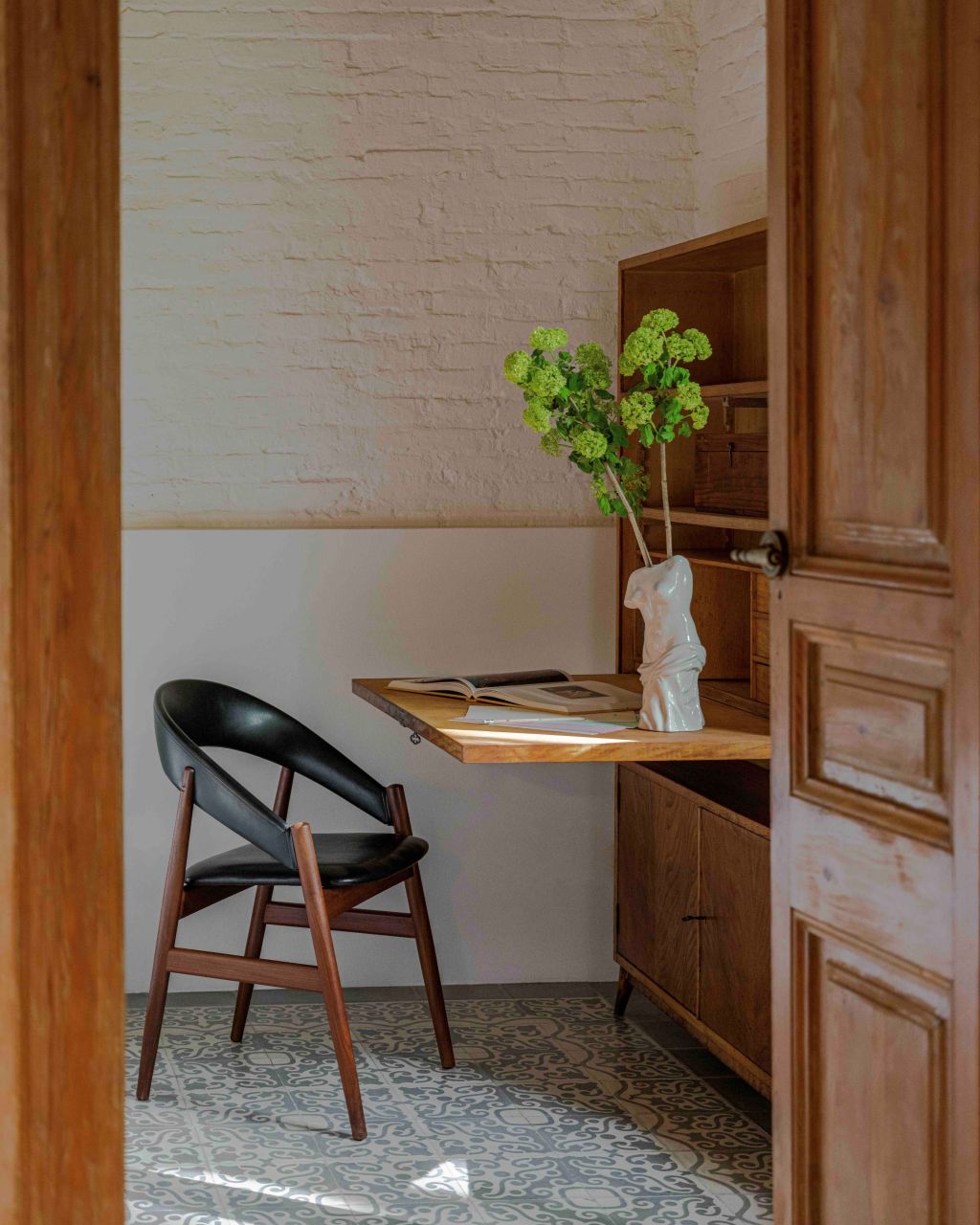
We see intimacy and home as basic sensations. In practice, it turns out that it is much easier to measure the lack of comfort than the comfort itself. Convenience, efficiency, domesticity, physical comfort and intimacy are characteristics that together contribute to the climate of inner calm that is part of the comfort we value.
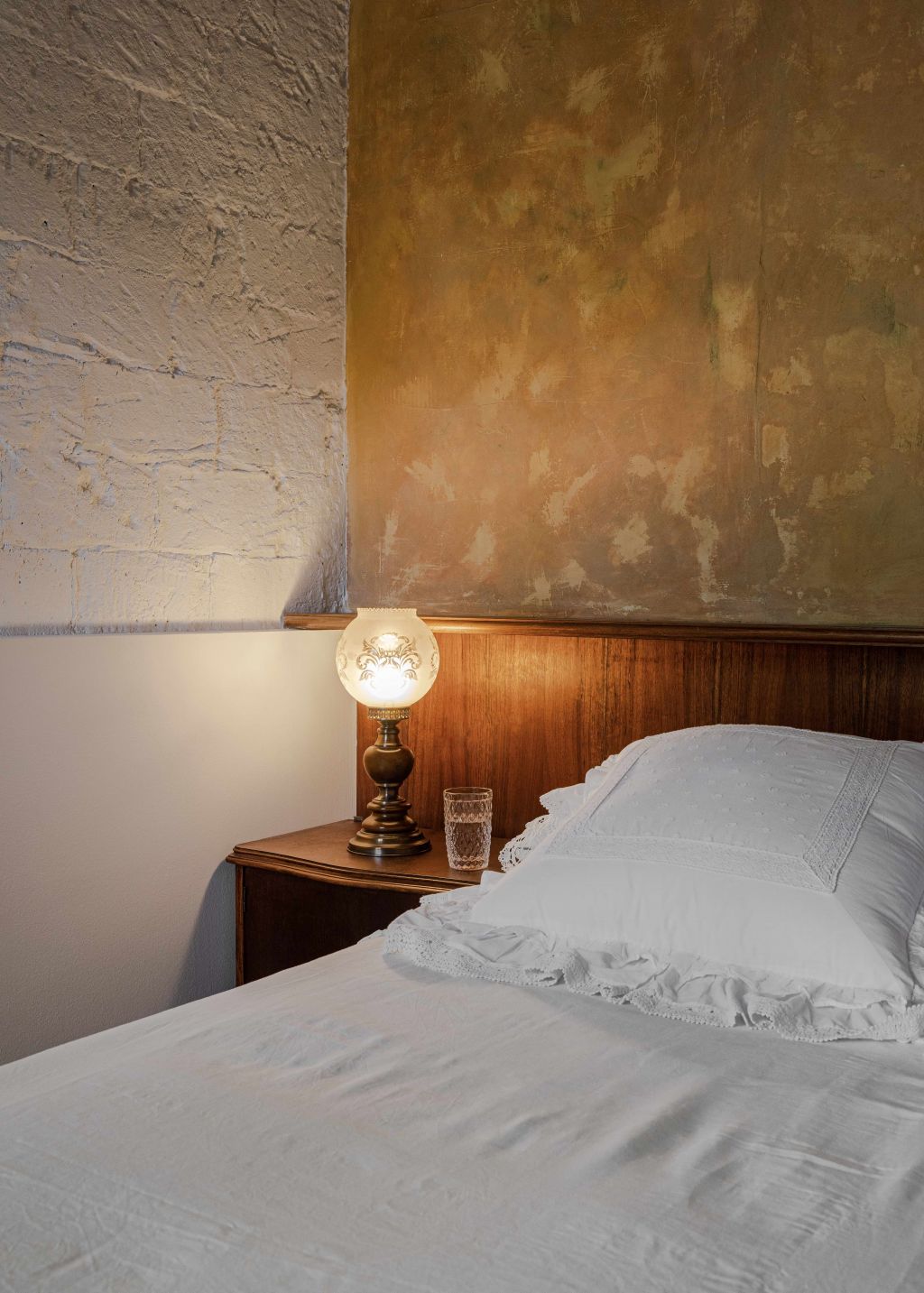
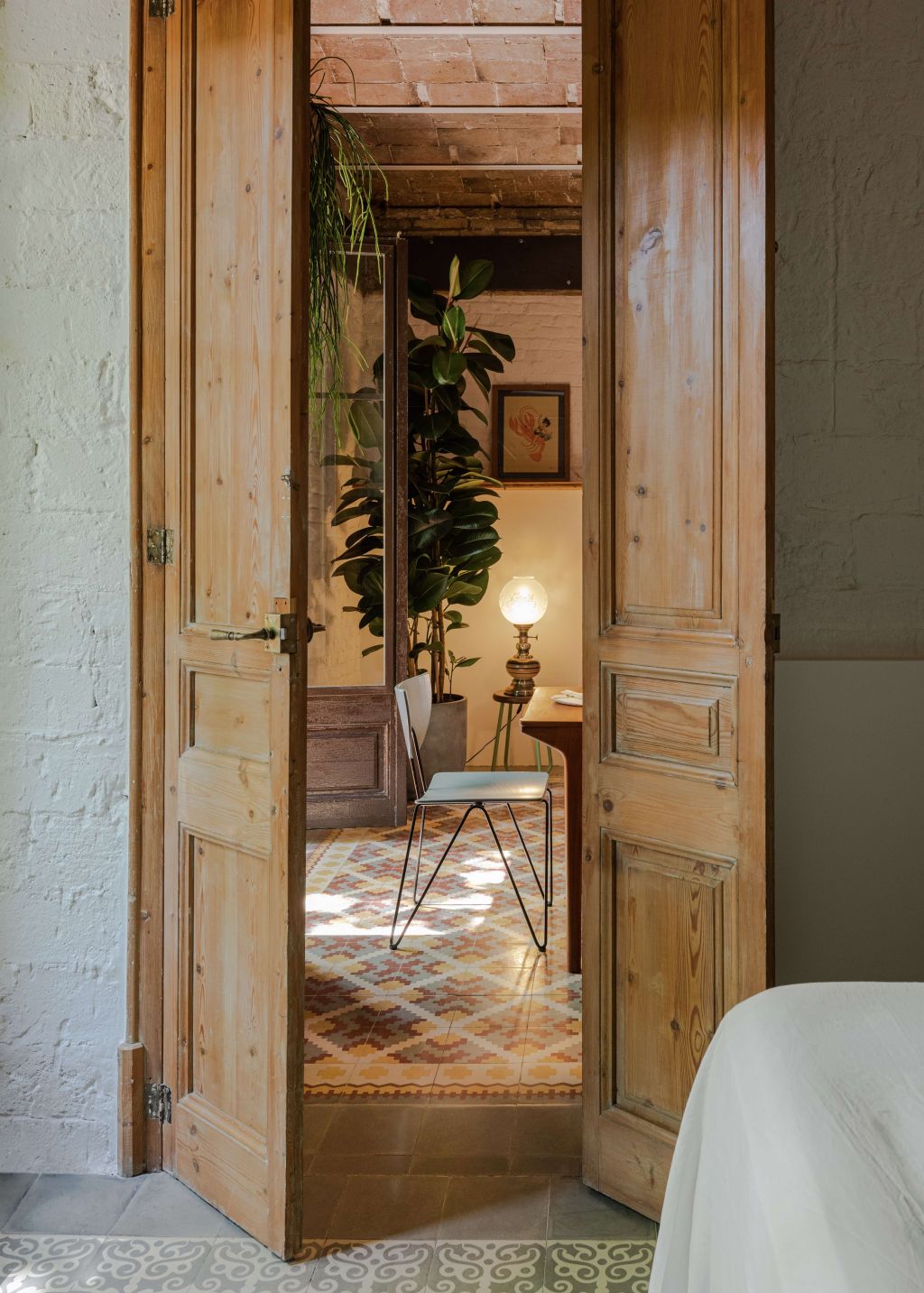
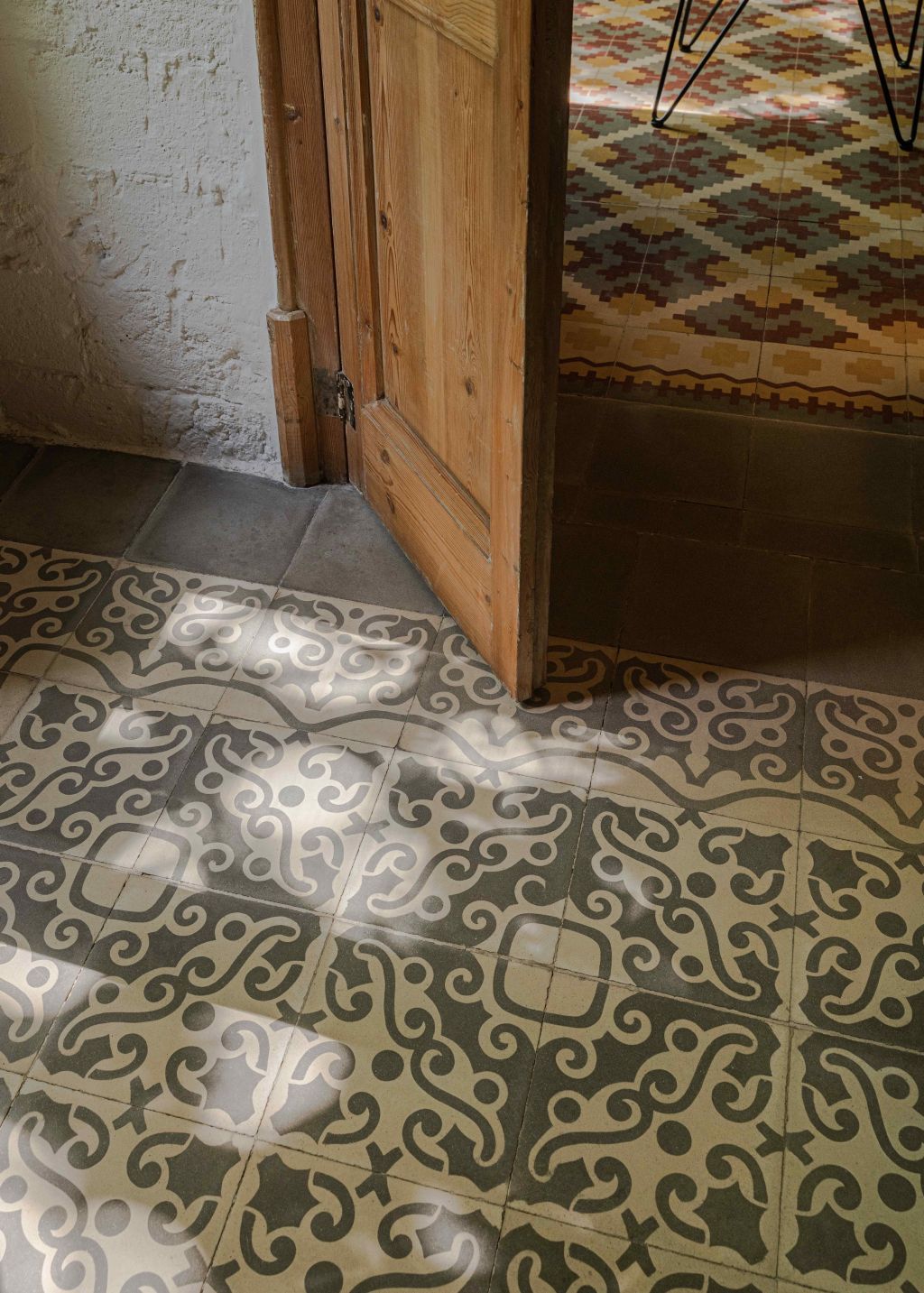
We seek at all times to preserve the essence of the neighborhood house, recovering existing pavements, rehabilitating the ceilings by maintaining their original structure of wooden beams and ceramic vaults, restoring all the old doors, stripping them and rescuing the wood. This is how reconstruction, craftsmanship and domesticity describe a set of perceived emotions, not just an isolated attribute. Domesticity has to do with family, intimacy and dedication to the home, as well as the feeling that the house embodies those feelings and not just provides shelter.
